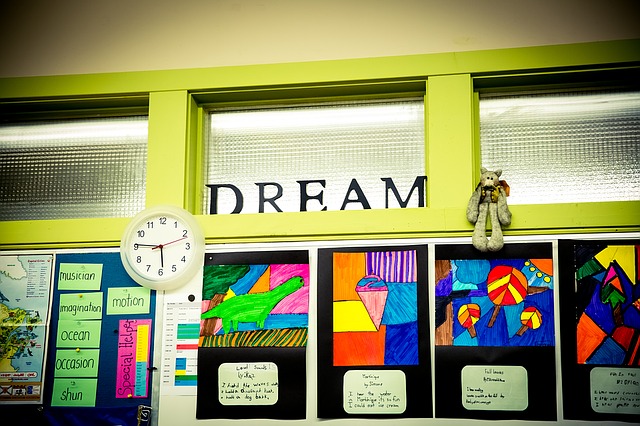21st century classrooms have seen many changes. Best classroom practices have adapted to education’s mandate to stay relevant to the world and workforce. Innovation abounds in the new classroom, and mostly due to a restructuring of the student-teacher relationship. Textbooks have taken back seat to newer technologies, and curriculum is created with built-in flexibility. What we see now is laying a foundation for future trends which will increase student participation, innovation opportunities, and classroom as lab.
Several trends are becoming more apparent in North American schools. Below is the second part in our two-part series about future trends in education, and here we explore Maker classrooms, STEAM, and flipped classrooms.
The Maker classroom
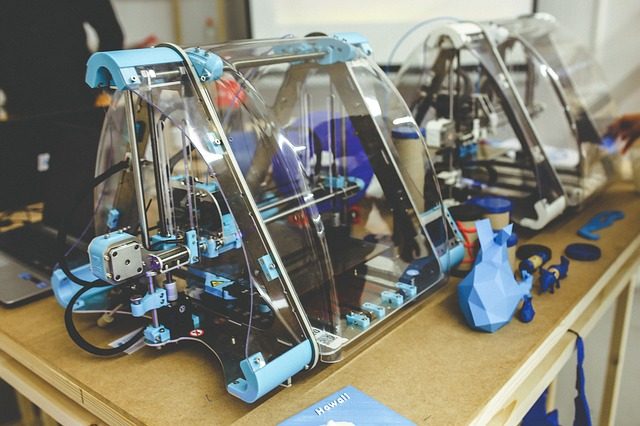
Imagine a classroom with a lab space which combines the best of Family and consumer sciences, shop, and science fair. Imagine further that learning involves designing and tinkering, using the newest computer-controlled manufacturing equipment on the market: 3D printers, cutting machines capable of laser cutting a variety of materials, routers, joiners, solderers, and embellishers. This is a Maker classroom. Because of the direct connection to new technologies, the Maker Movement has provided ideas for a relevant classroom ‘lab’ experience for young inventors, designers, and fabricators. The development of robots, wearable computers, and other smart materials is shared online with instructions and experiential feedback to create an exciting opportunity for students to engage in a global collaborative community.
Students enjoy the Maker experience: experimentation, innovation, aesthetics and function, empowered and confident learning, and respect for the collaborative learning process. Decades ago, home economics and shop class were reserved for those students lacking the aptitude for textbook learning in core courses. Those students who opted for a technical high school diploma were considered sub-par next to those who flourished in subjects certain to lead them to university degrees. Now, the hands-on and experimental nature of the Science and Tech sector teaches us that our students need to be equipped with the proper sensibilities and skills for the ‘new trades’, which lead the skilled workforce of the future.
Examples of maker assignments might be: toy invention made from recycled materials, create a Rube Goldberg machine, and create a wearable computer device to solve a simple problem.
STEAM (science, technology, engineering, arts, math)
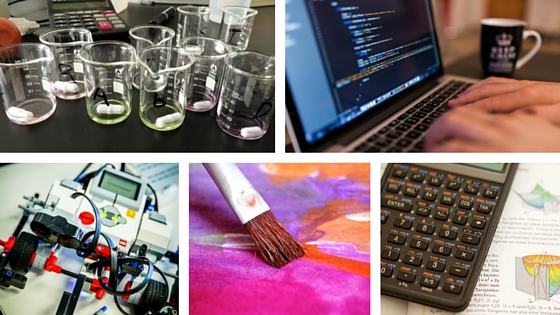
STEAM is a new development in education, which is built on an initiative in North American schools to focus more on science, technology, engineering, and mathematics (STEM). The initiative started so that education could be more connected to work sectors which thrive and enhance students’ preparedness for future careers in these fields. STEAM also incorporates art and design, claiming that when art and design are not included, innovation opportunities are fewer.
The STEAM movement in education puts innovation at the forefront by connecting the fields where innovation and invention are the highest, and bringing science, math and technology to the fore in a global market where North American schools lag behind in these areas. The STEAM curriculum integrates subject matter in ways that create greater opportunities for innovative discoveries and inventions. It puts experimentation at the fore and enforces the teacher’s role as facilitator in a ‘classroom as lab’ atmosphere.
Flipped Classrooms
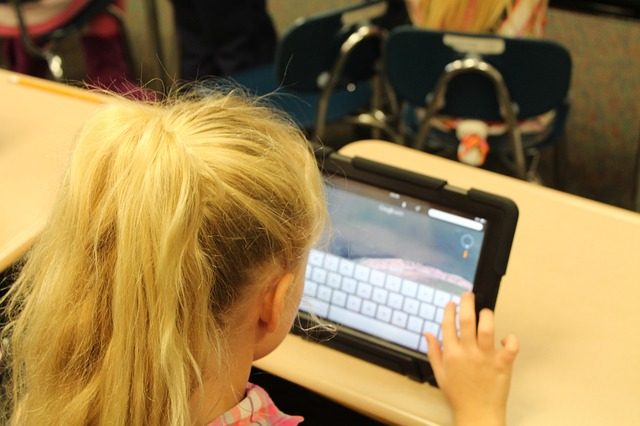
Flipped classrooms got their name because the schedule is a traditional class, flipped. Traditional classrooms start with a lecture and then end with a project or task which utilizes skills and knowledge that was learned from the teacher in lecture. Conversely, a flipped classroom relies on digital media for the lecture to be watched at home, to allow more time for the project work in class. After students watch the lecture at home, they can communicate online with peers to respond to what they’ve watched and deepen their understanding of the content. The use of education technology allows students to engage in the information at their own pace, and then collaborate in the content-based activity as a class.
The results of flipped classrooms are more teacher support and less student frustration, which means overall better learning outcomes.
Make sure to read Future Trends in Education (Part One)

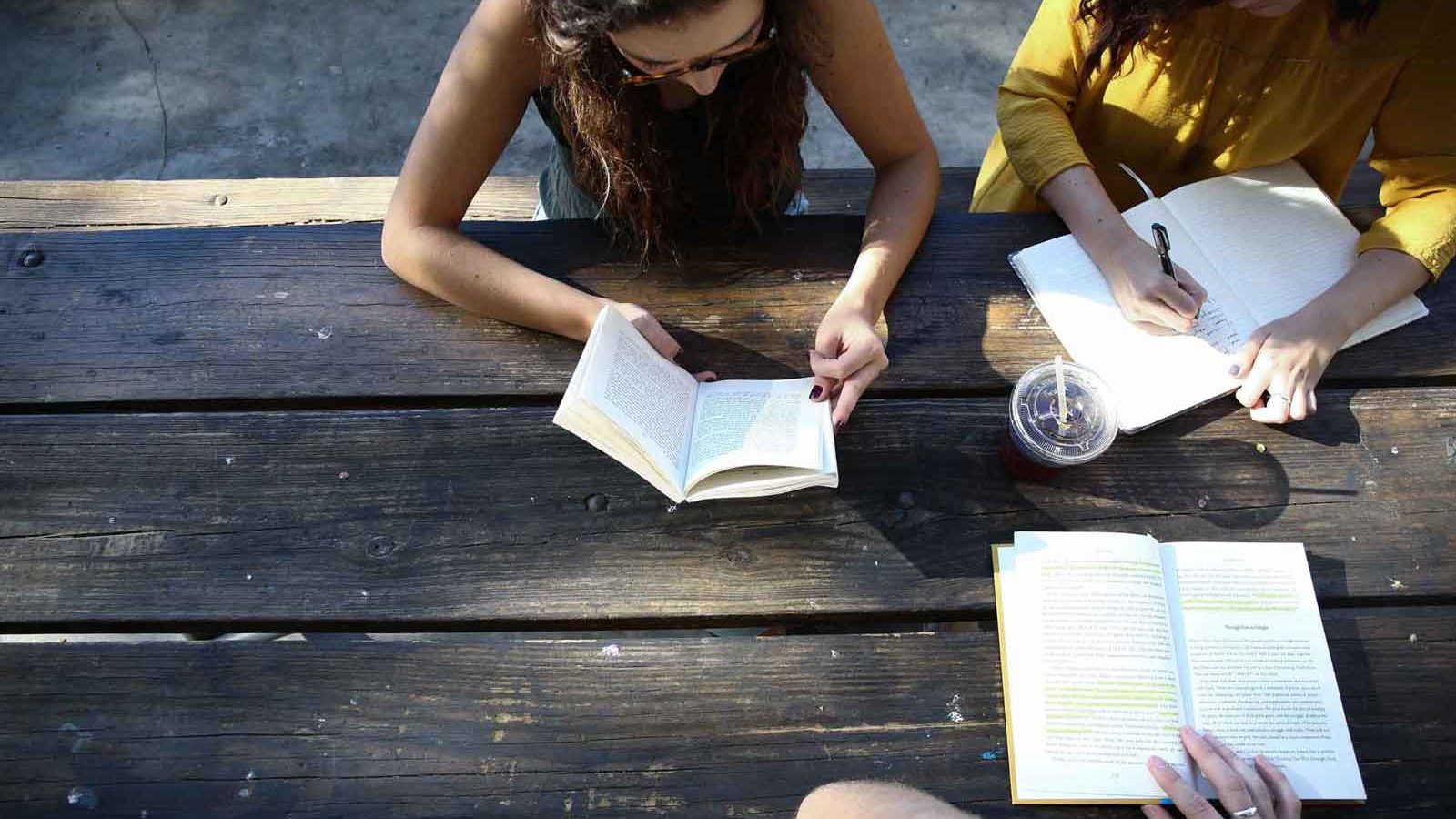
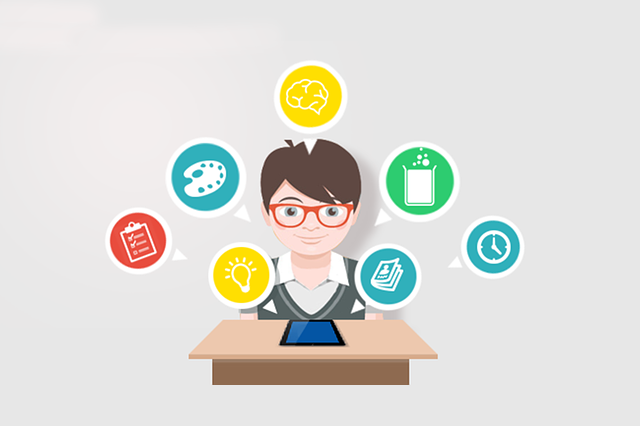
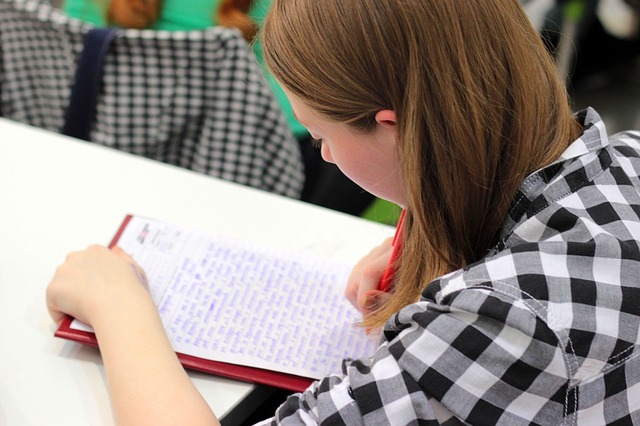 How To Get Out of ESL Class and Go Mainstream
How To Get Out of ESL Class and Go Mainstream